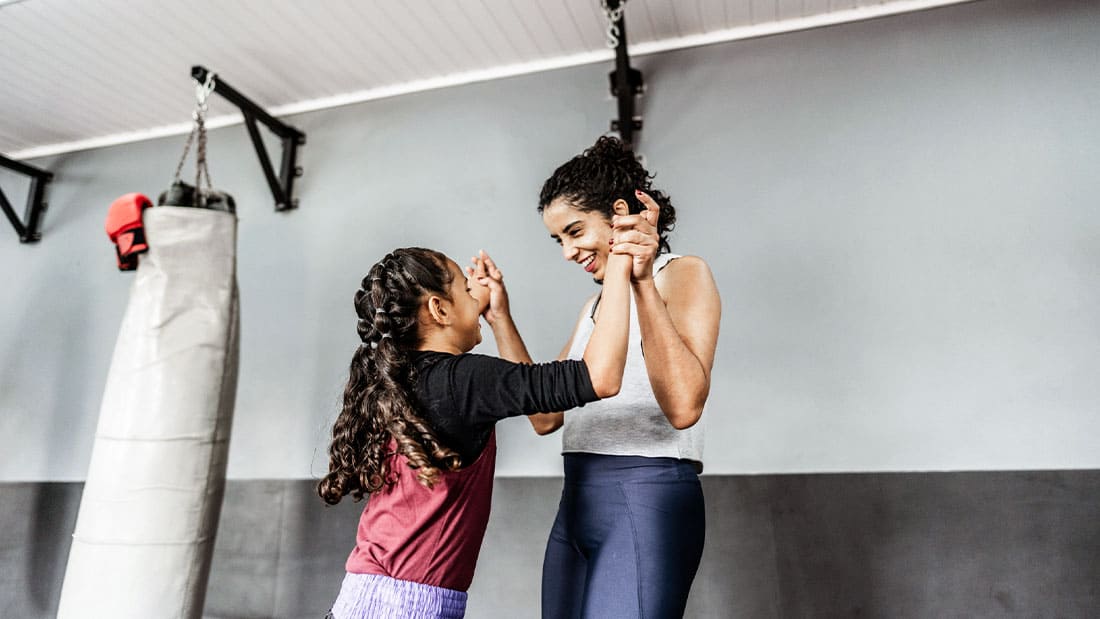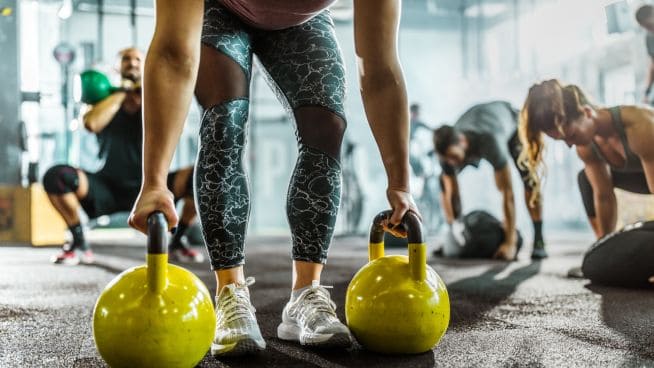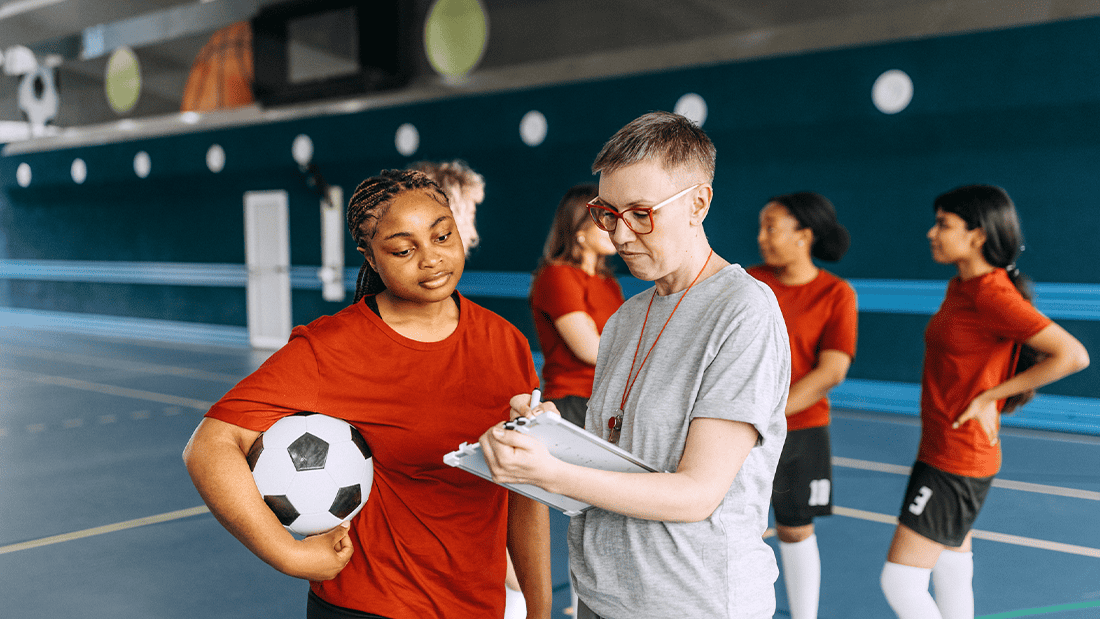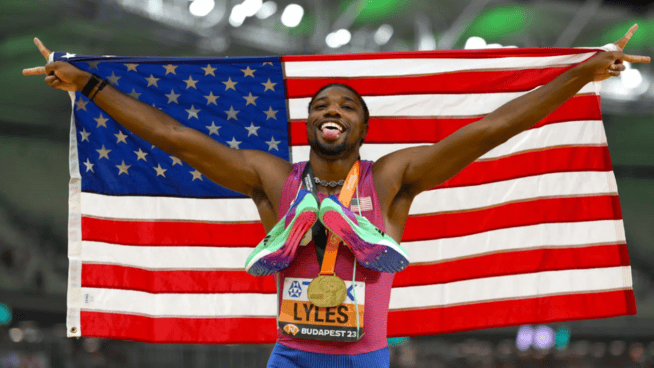5 Mistakes Swimmers Make in Dryland Training
![]()
Summer is here and competitive swimmers are trying to figure out what type of work they can do outside of the pool to help their performance within it. Unfortunately too many swimmers are without a team strength and conditioning coach, and as a consequence they are left to create a workout routine on their own. Making matters even worse, dryland training for swimmers is a concept that most coaches know very little about. Below are some of the most common mistakes swimmers make when designing their own strength training programs, and some better approaches.
Not Strength Training at All
It’s unfortunate how common it is for swimmers to take this approach. Whether it’s because of outdated research or the personal philosophy of an old-school coaches, a lot of swimmers believe that adding muscle will decrease their competitive performance or increase their likelihood of injury. This simply isn’t true. In fact, some of the biggest names in swimming are staunch advocates for strength training. Ryan Lochte flipped tires as part of his training for the 2012 Olympics. Michael Phelps is reportedly doing more strength training than ever to prepare for the 2016 Games.
RELATED: 10 Tips for Effective Strength Training Programs for Swimming
“Just Running” to Train the Lower Body
Another approach that’s often perpetuated by old-school swimming coaches advocates combining weight training for the upper body with running for the lower body. While conceptually it may make sense to train the lower body with running, given the cardiovascular demands of swimming, considering the great amount of cardiovascular work done in the pool, more cardio will likely result in diminished returns.
RELATED: 5 Common Freestyle Swimming Mistakes and How to Fix Them
Trying to be Too “Sport-Specific”
The idea of sport-specificity is to train with movements that replicate actions that you perform in athletic competition. Again, this may sound good in theory, but the only way to be 100 percent specific to competition is to simply compete.
By understanding the demands of swimming, you can design a strength training program that takes into consideration common injuries and potential areas of improvement in your own physical performance, rather than trying to replicate the movements of the sport under additional load or tension through means like swim cords or a swim bench.
Focusing Too Much on the Bench Press
Sure, everybody likes to act all macho and Bench, but for overhead athletes like swimmers who are already prone to shoulder injuries, the Bench Press may not be the best option. During the Bench Press, the shoulder blades are unable to move freely with the rest of the shoulder girdle. Because of this movement restriction, undue stress is placed on the freely-moving parts of the shoulder—specifically, the glenohumeral joint.
It is possible to train the same musculature while reducing the risk of injury. This can be done most notably through Push-Up variations. Since no outside force is pushing against the back (like the weight of the barbell pushing the back into the bench), the scapulae are free to move, allowing the muscles in the shoulder girdle to work in unison.
WATCH: David Marsh on a Swimming Weight Training Plan
Following Programs Designed for Bodybuilders
Unfortunately, health magazines are among the first places athletes turn to for training advice when seeking out a new program. But bodybuilding workouts aren’t beneficial to swimmers because they largely rely on the use of machines and isolation exercises, rather than free weight training. Similarly, bodybuilding programs tend to be designed to add as much muscle as possible in a short period of time. While adding more muscle is not necessarily a bad thing for swimming, it is usually the byproduct of training rather than the goal.
RECOMMENDED FOR YOU
MOST POPULAR
5 Mistakes Swimmers Make in Dryland Training
![]()
Summer is here and competitive swimmers are trying to figure out what type of work they can do outside of the pool to help their performance within it. Unfortunately too many swimmers are without a team strength and conditioning coach, and as a consequence they are left to create a workout routine on their own. Making matters even worse, dryland training for swimmers is a concept that most coaches know very little about. Below are some of the most common mistakes swimmers make when designing their own strength training programs, and some better approaches.
Not Strength Training at All
It’s unfortunate how common it is for swimmers to take this approach. Whether it’s because of outdated research or the personal philosophy of an old-school coaches, a lot of swimmers believe that adding muscle will decrease their competitive performance or increase their likelihood of injury. This simply isn’t true. In fact, some of the biggest names in swimming are staunch advocates for strength training. Ryan Lochte flipped tires as part of his training for the 2012 Olympics. Michael Phelps is reportedly doing more strength training than ever to prepare for the 2016 Games.
RELATED: 10 Tips for Effective Strength Training Programs for Swimming
“Just Running” to Train the Lower Body
Another approach that’s often perpetuated by old-school swimming coaches advocates combining weight training for the upper body with running for the lower body. While conceptually it may make sense to train the lower body with running, given the cardiovascular demands of swimming, considering the great amount of cardiovascular work done in the pool, more cardio will likely result in diminished returns.
RELATED: 5 Common Freestyle Swimming Mistakes and How to Fix Them
Trying to be Too “Sport-Specific”
The idea of sport-specificity is to train with movements that replicate actions that you perform in athletic competition. Again, this may sound good in theory, but the only way to be 100 percent specific to competition is to simply compete.
By understanding the demands of swimming, you can design a strength training program that takes into consideration common injuries and potential areas of improvement in your own physical performance, rather than trying to replicate the movements of the sport under additional load or tension through means like swim cords or a swim bench.
Focusing Too Much on the Bench Press
Sure, everybody likes to act all macho and Bench, but for overhead athletes like swimmers who are already prone to shoulder injuries, the Bench Press may not be the best option. During the Bench Press, the shoulder blades are unable to move freely with the rest of the shoulder girdle. Because of this movement restriction, undue stress is placed on the freely-moving parts of the shoulder—specifically, the glenohumeral joint.
It is possible to train the same musculature while reducing the risk of injury. This can be done most notably through Push-Up variations. Since no outside force is pushing against the back (like the weight of the barbell pushing the back into the bench), the scapulae are free to move, allowing the muscles in the shoulder girdle to work in unison.
WATCH: David Marsh on a Swimming Weight Training Plan
Following Programs Designed for Bodybuilders
Unfortunately, health magazines are among the first places athletes turn to for training advice when seeking out a new program. But bodybuilding workouts aren’t beneficial to swimmers because they largely rely on the use of machines and isolation exercises, rather than free weight training. Similarly, bodybuilding programs tend to be designed to add as much muscle as possible in a short period of time. While adding more muscle is not necessarily a bad thing for swimming, it is usually the byproduct of training rather than the goal.
[cf]skyword_tracking_tag[/cf]









